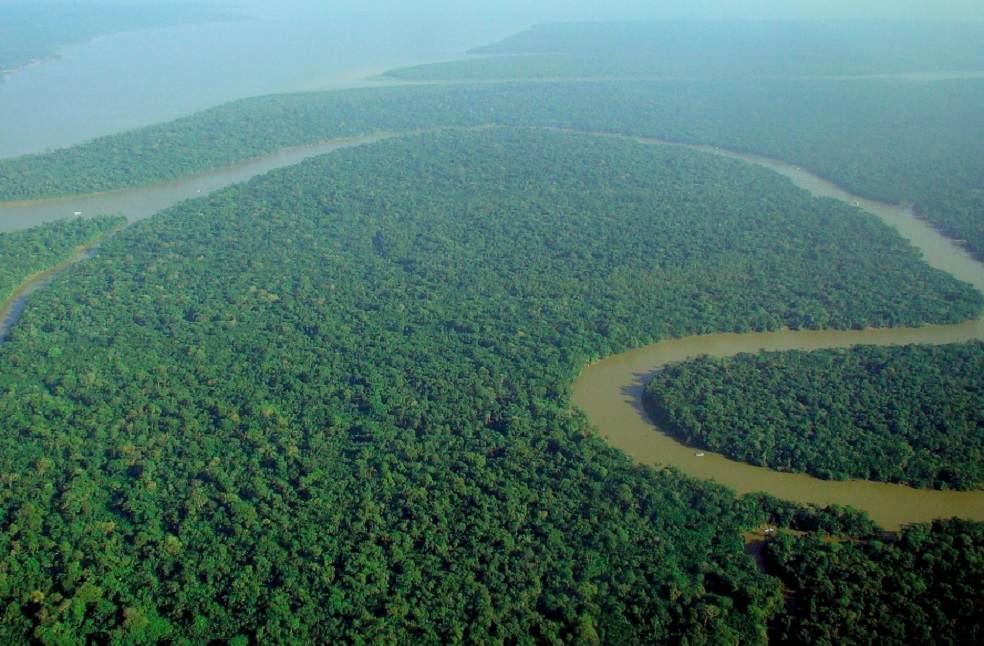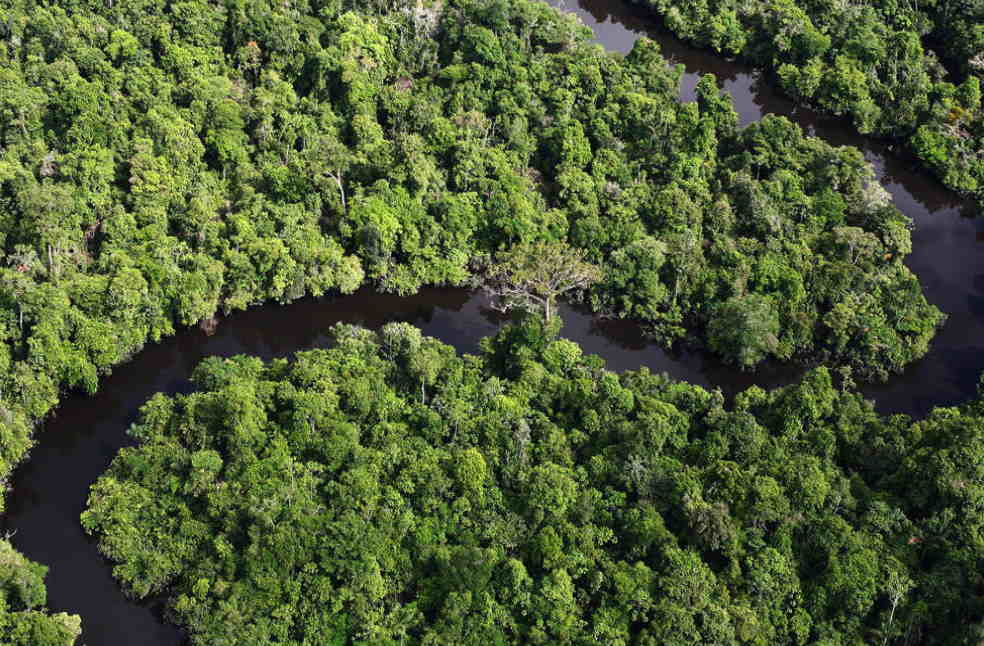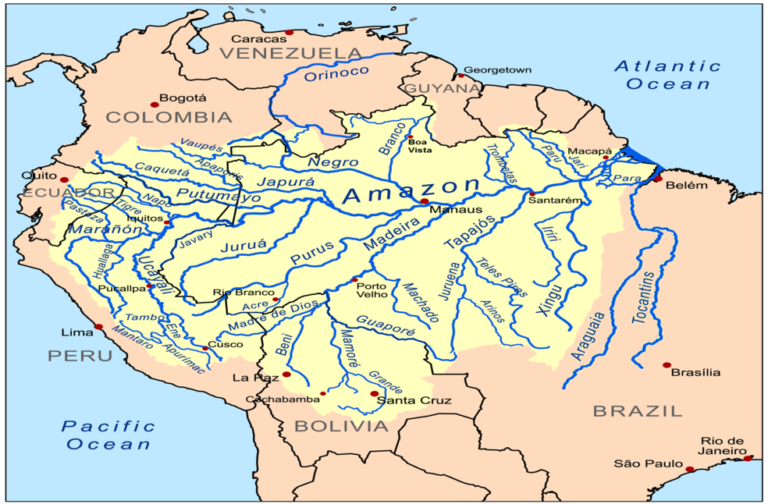Researchers have discovered an ancient city hidden by lush vegetation for thousands of years. A discovery that will change our existing knowledge of the history of people living in the Amazon.
An astounding network of roads and canals connects the houses and plazas in the Upano area in eastern Ecuador. The area exists in the shadow of a volcano that creates rich local soils but also may have led to the destruction of the society. Even though we know about cities in the highlands of South America, like Machu Picchu in Peru, the popular belief is that people only lived nomadically or in tiny settlements in the Amazon.
Professor Stephen Rostain, director of investigation at the National Centre for Scientific Research in France, who led the research, said that, “This is older than any other site we know in the Amazon. We have a Eurocentric view of civilisation, but this shows we have to change our idea about what is culture and civilisation.”

Co-author Mr. Antony Dorrison added that, “It changes the way we see Amazonian cultures. Most people picture small groups, probably naked, living in huts and clearing land – this shows ancient people lived in complicated urban societies.”
According to archaeologists, the city was built around 2,500 years ago, and people lived there for up to 1,000 years. Estimating the number of people who lived there simultaneously is a task, according to them, it is certainly in the 10,000s if not 100,000s.
The archaeologists combined ground excavations with a survey of a 300 sq km (116 sq mile) area using laser sensors flown on a plane that could identify remains of the city beneath the dense plants and trees. This LiDAR technology found 6,000 rectangular platforms measuring about 20m (66 ft) by 10m (33 ft) and 2-3m high.

The structures were arranged in groups of three to six units around a plaza with a central platform. The scientists believe that many structures were homes, but some were for ceremonial purposes. One complex, at Kilamope, included a platform with dimensions 140m (459 ft) by 40m (131 ft).
The construction followed the way of cutting into hills and creating a platform of earth on top. The connection of roads, paths and canals suggests the occupation of a large area. One such connection extended 25km (16 miles). Dr. Dorison said that the roads were the most striking part of the research.
The scientists have also identified causeways with ditches on either side. They believe it to be canals that helped manage the abundant water in the region. There were signs of threats to the cities – some ditches blocked entrances to the settlements, and may be evidence of threats from nearby people.

Researchers found the first evidence of the city in the 1970s. but, a comprehensive survey has been conducted only now. The survey after 25 years of research, reveals a large, complex society that appears to be even bigger than the well-known Mayan societies in Mexico and Central America.
As per scientists, some of the research findings are unique to South America. The societies were clearly well-organised and interconnected. There is not much information available about the people who lived there and the nature of the society.
Pits and hearths were found in the platforms. The artefacts include jars, stones to grind plants and burnt seeds. The Kilamope and Upano people living there probably mostly focused on agriculture. People ate maize and sweet potato and probably drank “chicha”, a type of sweet beer.
Prof Rostain comments that there were a lot of warnings at the beginning of the research. The popular belief among the scientists was that no ancient groups had lived in the Amazon.”But I’m very stubborn, so I did it anyway. Now I must admit I am quite happy to have made such a big discovery.”
The researchers will move further towards understanding what lies in an adjoining 300 sq km (116 sq mile). The that has not yet been surveyed.



